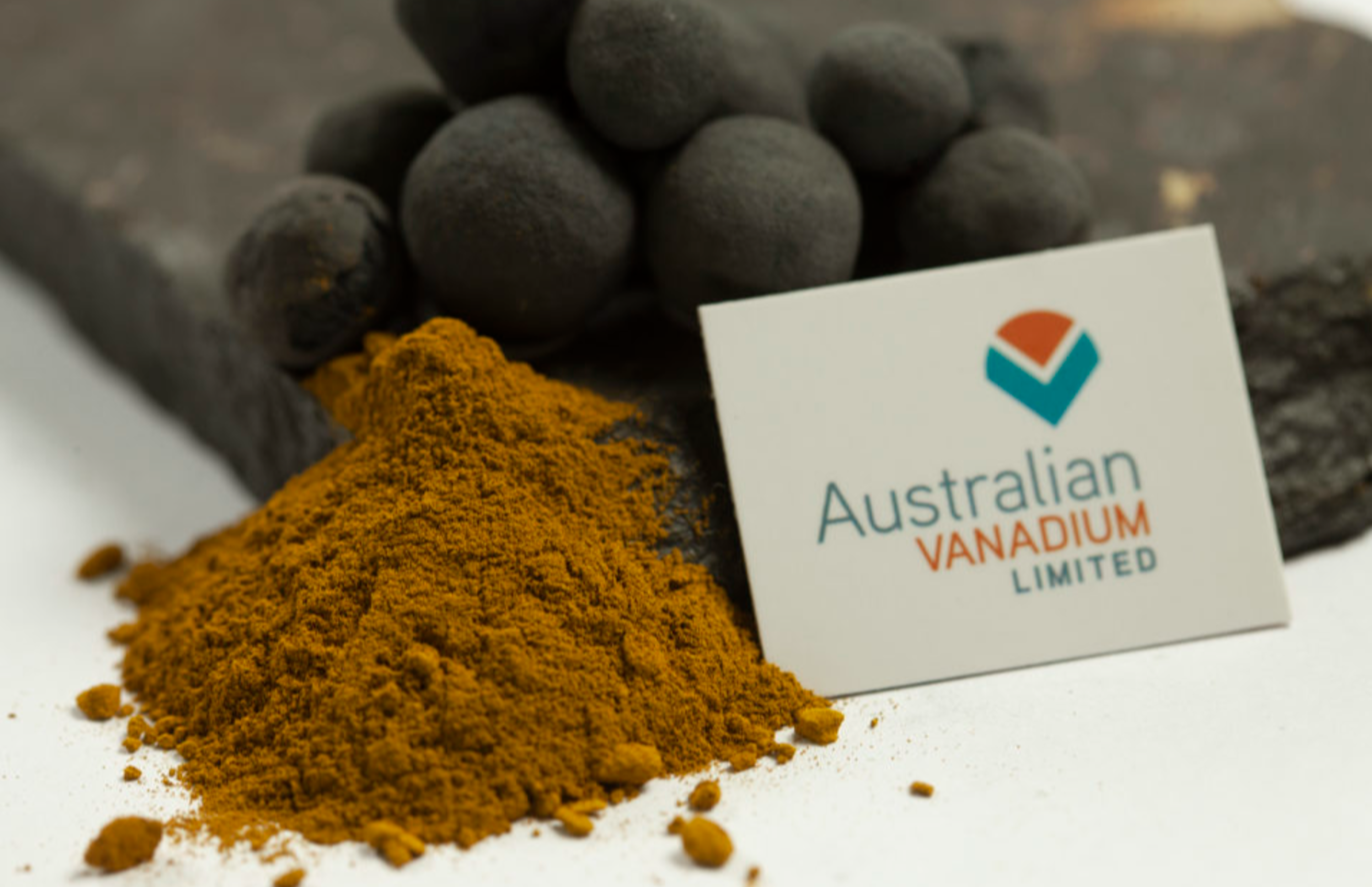Australian Vanadium receives additional funds for vanadium project development
News Analysis

27
Nov
2025
Australian Vanadium receives additional funds for vanadium project development
The company is aiming to apply these funds to the optimised feasibility study for the Australian Vanadium Project, advancing approvals, workstreams and downstream initiatives.
Australian Vanadium (AVL) has received A$2.55M (US$1.7M) under the Australian Government’s Research and Development (R&D) Tax Incentive Scheme for R&D activities, undertaken during the 2024-2025 tax year.
According to AVL’s statement, these funds strengthen the company’s cash position and recognise the company’s ”continued investment in process innovation and downstream value creation.”
The Australian Vanadium Project is a major mining and processing development in Western Australia led by AVL, centred on the Gabanintha orebody and supported by a downstream processing plant at Tenindewa to produce high-purity vanadium pentoxide for use in steelmaking and vanadium flow batteries (VFBs).
With a significant resource of about 395Mt at 0.77% V₂O₅, including a high-grade zone of 173.2Mt at 1.09% V₂O₅, the project forms part of AVL’s vertically integrated strategy to mine, refine, and supply vanadium products, including battery electrolyte through its subsidiary VSUN Energy.
According to Project Blue estimates, despite the current surplus in the global vanadium market, driven by accumulated stocks and reduced demand, the Australian Vanadium Project is among the most viable vanadium projects under development.
Project Blue expects operations – including vanadium processing – to commence in 2028, although the exact launch date is subject to final approvals, financing, and construction progress.
Project Blue forecasts that the main driver of vanadium demand over the next decade will be the rapidly growing VFB segment, primarily in China. In particular, demand for vanadium from electrolytes used in VFBs is expected to grow at a 13% CAGR from 2024 to 2035.